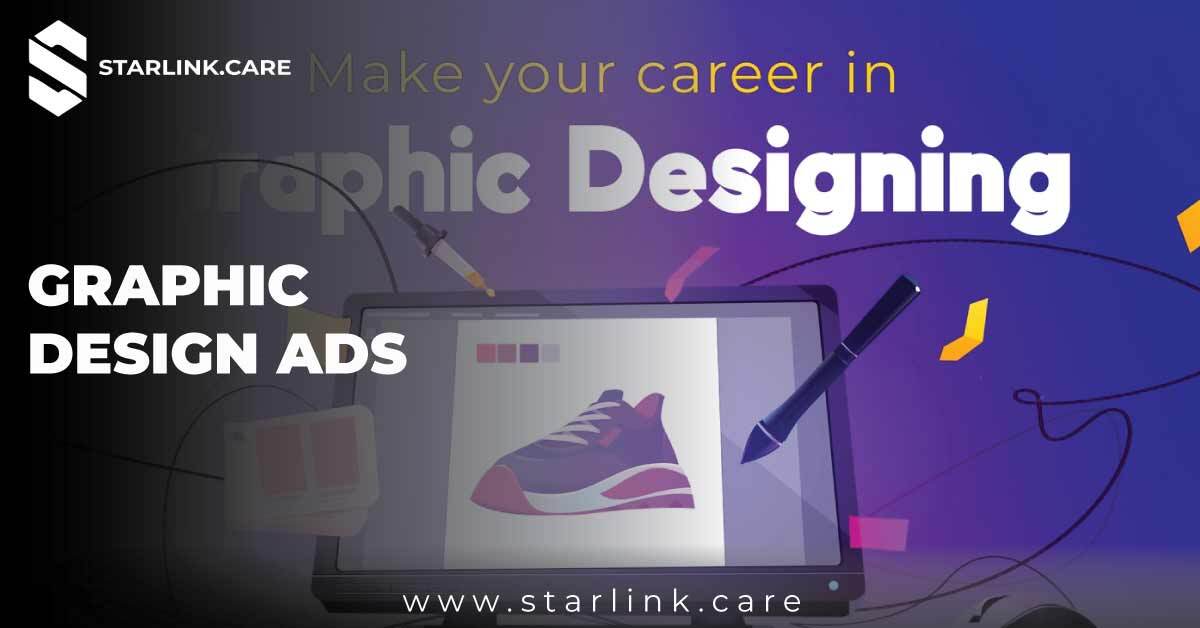
The Impact of Graphic Design Ads: A Comprehensive Guide to Boosting Your Brand
In today’s competitive digital landscape, graphic design ads are crucial for grabbing attention and engaging your target audience. Whether you’re launching a new product, running a special promotion, or simply looking to enhance brand awareness, the right graphic design can make a significant difference. This guide explores why graphic design ads are essential, how to create them effectively, and how they can drive business success.
What Are Graphic Design Ads?
Graphic design ads are visual advertisements that use graphic elements—such as images, typography, color schemes, and layout—to convey messages and attract attention. Unlike traditional text-based ads, graphic design ads combine aesthetic appeal with strategic messaging to create a compelling user experience. These ads are versatile and can be used across various platforms, including social media, websites, print media, and more.
Why Are Graphic Design Ad Important?
Investing in graphic design ads offers several benefits that can significantly enhance your marketing efforts:
- Visual Appeal: Humans are inherently visual creatures. According to HubSpot, people process images 60,000 times faster than text. A well-designed ad can capture attention quickly and make a lasting impression.
- Brand Identity: Graphic design ads help establish and reinforce your brand identity. Consistent use of colors, fonts, and logos across your ads helps build brand recognition. For example, brands like Apple and Coca-Cola use distinctive design elements that make their ads instantly recognizable.
- Increased Engagement: Engaging visuals are more likely to encourage interactions, such as clicks, shares, and comments. A visually appealing ad can lead to higher engagement rates compared to plain text ads. According to Sprout Social, engaging content is crucial for building strong relationships with your audience.
- Higher Conversion Rates: Effective graphic design ads often lead to increased conversions. By combining compelling visuals with clear messaging, you can drive more traffic to your website and improve your chances of converting visitors into customers. For instance, a well-designed ad with a clear call-to-action can significantly boost your conversion rates.
How to Create Effective Graphic Design Ads
Creating impactful graphic design ads involves several key steps. Here’s a step-by-step guide to help you design ads that captivate your audience and achieve your marketing goals:
Step 1: Define Your Objectives
Before starting the design process, it’s crucial to define your advertising objectives. Are you aiming to increase brand awareness, generate leads, or drive sales? Clear objectives will guide your design decisions and help you measure the success of your ads. For tips on setting effective marketing goals, check out Starlink.
Step 2: Understand Your Audience
Tailor your ad design to resonate with your target audience. Consider their demographics, interests, and preferences. For example, an ad for a tech gadget aimed at millennials might feature modern, sleek design elements, while an ad for a family-friendly product might use warm, inviting visuals. To learn more about audience research, visit Starlink.
Step 3: Choose the Right Visual Elements
Select images, colors, and fonts that align with your brand and message. High-quality visuals are essential for creating an appealing ad. Tools like Canva and Adobe Spark offer user-friendly design templates and resources to help you get started. Ensure that your design elements are not only visually appealing but also relevant to your ad’s content.
Step 4: Craft a Compelling Message
Your ad’s text should be concise, clear, and persuasive. Highlight the benefits of your product or service and include a strong call-to-action (CTA), such as “Shop Now” or “Learn More.” A compelling CTA can drive immediate action and boost your ad’s effectiveness. For more on crafting effective CTAs, read Neil Patel’s blog.
Step 5: Design with Simplicity
While it’s tempting to include a lot of information, simplicity often works best. A cluttered ad can overwhelm viewers and dilute your message. Aim for a clean, focused design that makes your main point clear. For guidance on minimalist design principles, see Starlink.
Step 6: Test and Optimize
Before launching your ad, test different versions to see which performs best. A/B testing allows you to compare various design elements and identify which ones resonate more with your audience. Use analytics tools to track performance and make data-driven adjustments. Learn more about A/B testing at Optimizely’s guide.
Step 7: Monitor and Evaluate Performance
Once your ad is live, continuously monitor its performance. Track key metrics such as click-through rates, engagement levels, and conversions. Analyzing these metrics will help you understand what’s working and what needs improvement. Use this data to refine your future ads and enhance your overall strategy.
Examples of Successful Graphic Design Ads
Let’s look at some real-world examples to illustrate the impact of graphic design ads:
- E-commerce Campaign: A fashion retailer revamped their online ads with professional graphic design. By using vibrant, high-quality images and a clear call-to-action, they achieved a 50% increase in click-through rates and a 35% boost in online sales within a few months.
- Local Business Promotion: A local coffee shop designed an ad highlighting their new seasonal menu with enticing visuals and a special offer. The ad’s engaging design led to a 40% increase in foot traffic and a 25% rise in social media followers.
These success stories demonstrate how effective graphic design can drive real results and enhance your marketing efforts.
Final Thoughts
Graphic design ads are a powerful tool for capturing attention, conveying messages, and driving results. By investing in high-quality design and following best practices, you can create ads that not only attract viewers but also encourage action and build brand loyalty.







